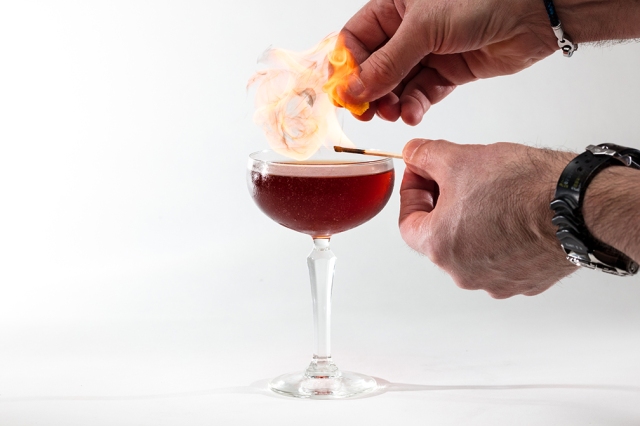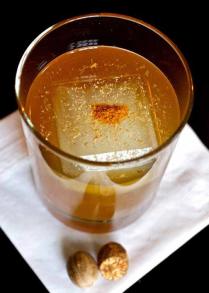Todd Maul – Cocktail menus need a bartender
“Cocktails are mostly little drinks made up from people’s screwy ideas of what tastes good or sounds better. They’re usually originated during the middle stages of a beautiful glow or to create an impression of sophistication. Among the hundreds of cocktails, ingredients comparatively few have weathered the years and are ordered repeatedly everywhere… Most cocktails, whatever the name, are just slight variations of a few good standard recipes…” Trader Vic 1948
(Trader Vic created the Mai Tai)

A Cocktail menu, can be daunting- but why? A cocktail menu should be a leaping off point that breaks the ice between you and the person behind the bar.
Yes, a cocktail menu functionally is a printed document handed to everyone and serves the purpose of being the fastest way to convey the most information to everyone who enters the establishment. However, it is not a stand-alone document. The Menu serves as a baseline for communication. The cocktail menu theoretically is much more. It is the conduit to getting the drink you “want”. How? It does two distinct things.

Katie Byrum, Bartender AT THE UP & UP | COLE SALADINO/THRILLIST
First, it gives the guest an insight into the skill set of the bar and an idea of what products the bar carries. It is a marker, not to what is, but what is possible. Secondly, but far more importantly it is a talking point- it allows the guest to open a dialogue with the bartender about “what you like”

Nick Bennett, Head Bartender at Porchlight
It should be clear, from the cocktail menu, what style of drink the bar likes to make and what “classics” they are riffing. This is where the bartender comes in… It is the bar’s responsibility to tell you, to the extent you want to know, (nobody goes to a bar for a lecture) the philosophy behind the cocktail menu and the whys of the drink list.

In the end the bar should want to give you the drink you want, not the drink they want to sell you. This seems like a silly turn of phrase, but this statement strikes at the core of what it means to be bartender. Bartending is a restaurant’s front line in hospitality. Being a proper bartender demands the skill of reading people and understanding what the guest wants. It is assessing the experience they are looking to have and exceeding their expectations. The cocktail menu is the first tool, to engage with the guest.
As stated by Trader Vic, most drinks are going to be a simple riff on a classic cocktail. But a guest should not be herded into buying a drink on the menu, they should be led to a place of collaboration. The end product should be the result of idea sharing, on flavor, notes, spirits and even mood. The bartender should be using the menu as a beacon, to help you find your drink.

Todd Maul co-founded Cafe ArtScience in Cambridge, MA and is an amazing mixologist who has revolutionized the way we see cocktails.













